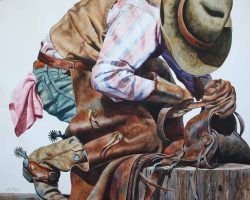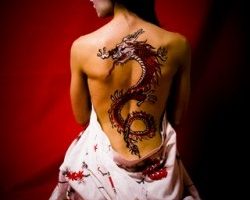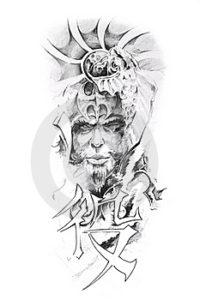
The Artists of the Old West
Capturing the Wildlife (and Scenery) of the Old West (Recent West, Too!)
When explorers started their journey from the Eastern United States to discover the Western United States, they encountered Native American cultures and communities and wildlife they may have never imagined.
They encountered various Native American groups such as the Lakota Sioux and Blackfoot, the Comanches of the Western plains and mountains, and the Apaches, Navajo, Pueblo tribes of the American desert Southwest, to the groups of Pacific Northwest tribes such as the Bella Coola, the Haida, and the Kwakiuts. Most of the time, their encounters were friendly… although many times misunderstandings caused later conflict.
The explorers also encountered the numerous critters of the Wild West–grizzley bears, wolverines, timber wolves, antelope, moose, elk, deer, skunks, porcupines, great horned owls, flying squirrels, bald eagles, turkey vultures, and other critters.
In those days, photography wasn’t yet well developed (sorry… bad pun)… so those in their exploratory groups who had any art skills wound up drawing a lot of what they saw in their journals. Some of these artsts came to more fame because their art was so realistic and dramatic. And many more modern artists came into the field to further this capture of images from the wild west.
This Squidoo lens explores some of these artists and provides links and resources to more information on these amazing folks.
Charles M. Russell by the Bay…. eBay, That Is
I was born in Montana — and my adopted Grandpa, who normally worked as a logger in the deep forests of the Montana Northwest (near Kalispell and Flathead Lake), was also a wilderness guide for hunters. My Grandpa had some wild stories about his adventures in the Montana boonies–many of his stories were unbelievable.
One of his wilderness guide “clients” when Grandpa was younger was an artist named Charles M. Russell. And he had an original painting by Charles M. Russell in his living room that illustrated aspects of some of these adventures (the painting he had depicted some Native Americans going after a grizzley bear). (Grandpa Lloyd also had a huge bear rug on the floor of his living room–I used to play on it when I was a toddler and still remember it.) He also had some paintings by other western artists decorating his walls in other rooms of the house. His house was a veritable museum of animal trophies (most of the animal had been used for meat) and western art and other decorations. Maybe it helped that Grandma was a member of the Flathead Indian Tribe–Grandpa had an “in” with the backwoods of Montana.
You may find your own Charlie Russell artwork here for your own western-themed office, den, home, or cubicle!
The early wilderness and explorer artists created their work in a rough way…
Sometimes they had to make their own tools, inks, and surfaces…
The Mountains of the American West – Aspens and PinesCarrying art materials on the long journeys in the early days wasn’t easy… and having the right tools for drawing sometimes meant having to make them on the spot. Some charcoal from a campfire or the carbon from a lamp was used to create a drawing tool or ink. A tanned hide of a deer, elk, or antelope may have been used to make a flexible, foldable surface for the artwork. Pigments from the wildflowers, tree barks, and different mineral-content clays may have been used to create the various inks and paints. But most of the travelers most likely also carried their journals…. handing books of blank pages on which they could capture their notes as well as their impressions of the striking scenery, events, animals, and people they were seeing.
Athough some of the first wilderness old-west artists were Charles M. Russell and Frederic Remington, later artists carried on their tradition of capturing the adventure of the American Wild West.
Elmer Sprunger by the Bay… eBay, That Is…
After World War II, Elmer Sprunger came to Bigfork, Montana to live and work. His experiences with the wildlife of Montana became the theme of his drawings and paintings. And since my folks and I also lived in Bigfork, Montana for a while, we got to know Mr. Sprunger and his family. My Mom and Dad were teachers in Bigfork–and probably got to know Mr. Sprunger through his kids at the Bigfork school.
No matter how they met Mr. Sprunger, my folks developed a friendship with him such that they were able to acquire some of his paintings. Mr. Sprunger passed away in 2007– but he has left his legacy of beautiful wildlife paintings and drawings for others to enjoy.


